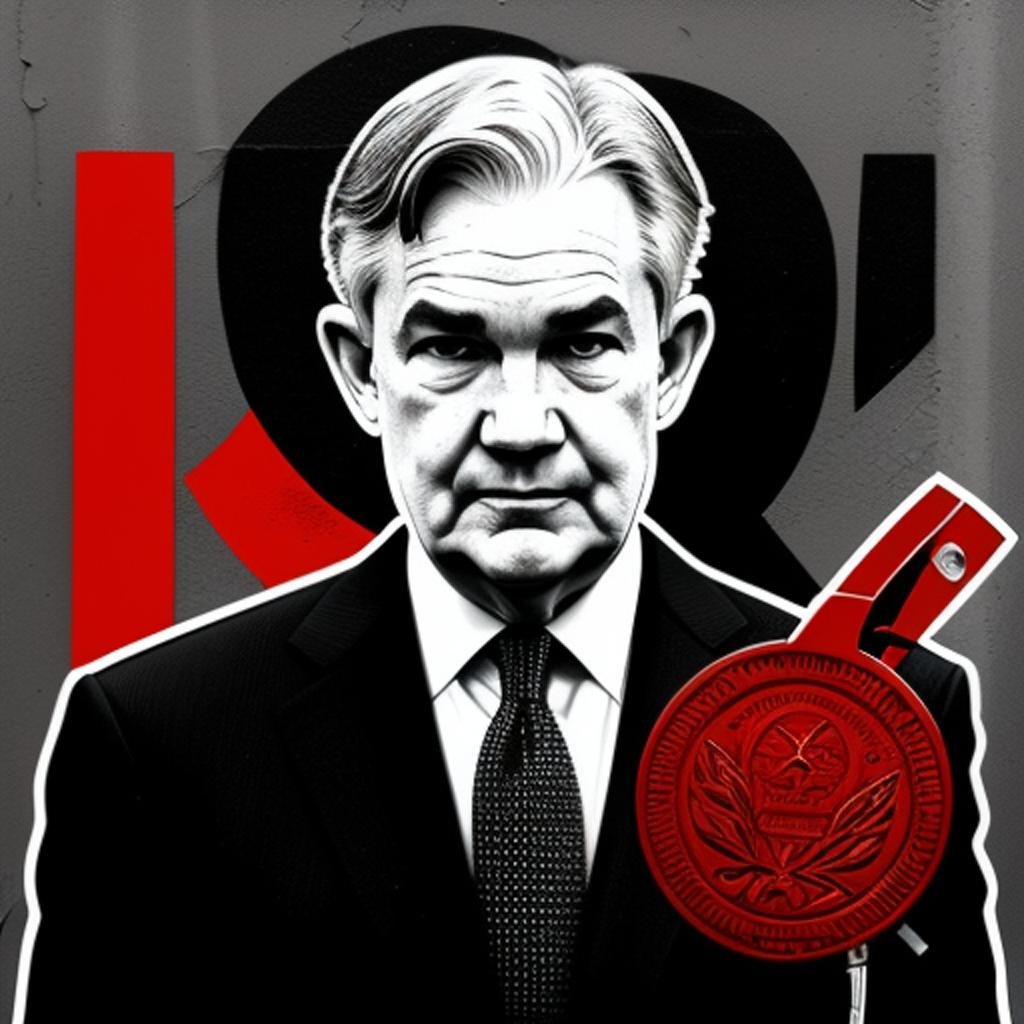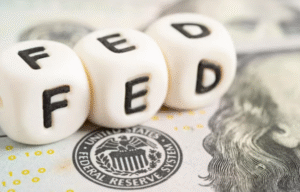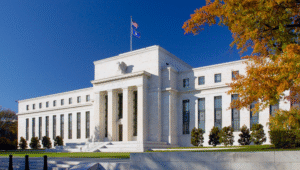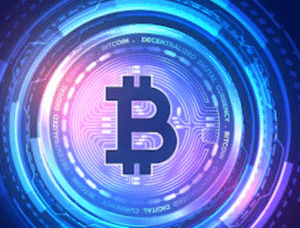$SPY $BTC $DXY
#Inflation #USMarkets #Crypto #Stocks #FederalReserve #MarketTrend #MonetaryPolicy #USEconomy #Investing #InterestRates #FinancialNews #MarketAnalysis
US inflation has been at the forefront of financial discussions as markets brace for potential shifts in the economic outlook. Investors remain keenly focused on upcoming data releases, including the Consumer Price Index (CPI) and the Producer Price Index (PPI), as these measures will provide critical insight into the direction of the Federal Reserve’s monetary policy. Unease about whether inflationary pressures will continue to rise has gripped market participants, given the tightness in the labor market and resilient consumer spending. These factors, coupled with fluctuating energy prices, could underpin persistent inflationary trends, challenging the Fed’s efforts to bring inflation closer to its 2% target.
Recent wage growth and employment data have shown unexpected strength, providing room for speculation that inflation may not cool as quickly as anticipated. Higher wages have fed into consumer demand, bolstering sectors like retail and discretionary spending. However, this trend may also apply upward pressure on prices, creating a feedback loop that complicates policy decisions. If inflation data indicates stubbornness in price levels, benchmark indices like $SPY could see heightened volatility, as traders calibrate their expectations for interest rate hikes. Additionally, the value of the U.S. dollar, represented by $DXY, may strengthen in anticipation of a more hawkish Fed, which could ripple through emerging markets and global trade balances.
In the cryptocurrency space, inflation trends could reinvigorate discussions around decentralized digital assets like $BTC as a hedge against declining purchasing power. Bitcoin enthusiasts often advocate for the asset’s scarcity and resistance to centralized manipulation, especially during periods of macroeconomic uncertainty. However, Bitcoin’s correlation with traditional markets has complicated its narrative as a pure inflation hedge. A rise in inflation could lead to elevated interest rates, which might attract capital away from speculative assets like cryptos and tech stocks. This dynamic underscores the complexity of predicting how alternative assets will respond to inflationary pressures and shifting liquidity conditions.
The financial landscape continues to evolve in response to these inflation dynamics, presenting both risks and opportunities for investors. Traders and portfolio managers will need to weigh their allocation strategies carefully, keeping a close watch on inflation indicators and signals from the Federal Open Market Committee (FOMC). While some sectors may benefit from inflation—such as energy and materials—others, like technology and growth stocks, may face headwinds. Meanwhile, geopolitical events and supply chain disruptions could either worsen or alleviate price pressures, adding layers of uncertainty to an already complex economic picture. As the market digests each data release, the interplay between inflation and Federal Reserve policy will remain a pivotal theme defining market movements in the weeks ahead.











Comments are closed.